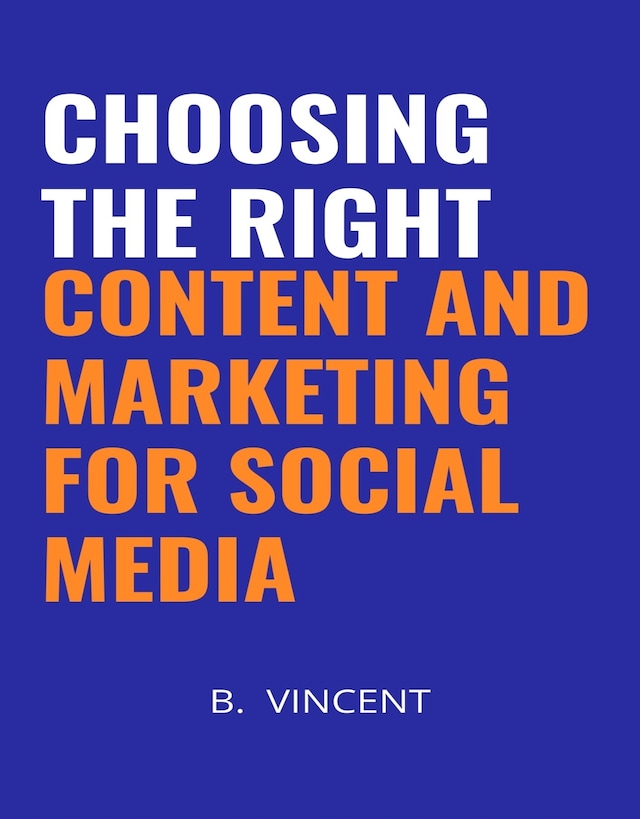
Choosing the Right Content and Marketing for Social Media
Opis książki
Social media marketing has advanced significantly over the last several years and has altered the way many firms view marketing in general. Social followers have supplanted email addresses for certain marketers, postings and tweets have supplanted promotional emails, and likes have supplanted email openings. Almost every successful business nowadays has a social media presence, as well as a well-defined social media strategy. The majority of these techniques focus around the concept of posting consistent content. However, it is more than simply advertising advertisements and special offers. A successful social strategy will incorporate a variety of nonpromotional content formats to accomplish a variety of objectives. By promoting a philanthropic cause, you can connect your brand with feelings of kindness. Posting about current events establishes your brand's relevance. Posting helpful recommendations without a sales pitch establishes your business as really helpful. By publishing hilarious or "feel-good" content, you can connect your brand to pleasant feelings, and so on. However, these non-promotional articles also accomplish two additional purposes. To begin, they promote social sharing, which increases your following even further. Secondly, they help keep your brand top-of-mind. Individuals will become accustomed to seeing your content as well as your business's name, emblem, and USP. As a result, when consumers encounter an issue that your firm can resolve, they are more likely to think of you first. Each of those social media notions is predicated on organic action. However, the biggest social media networks have established effective paid advertising systems in recent years. The concept of social "native advertising" has been the most game-changing of them. Native advertising refers to commercials that appear to be organic material, with the exception of a small one-word warning someplace indicating the advertisement is "sponsored" or a "advertisement." This new type of paid social media advertising has proven to be quite effective, as social media users are already accustomed to viewing, consuming, and engaging with anything that appears to be an organic post in their social feeds. Additionally, the distinction between organic posts and paid native ads has grown increasingly blurred, as these native ads behave and operate similarly to organic content (they may be shared, liked, and so on), and businesses can now pay to promote an organic post to increase its reach. After discussing social marketing in general, let's take a closer look at each of the major social media networks. Facebook One may argue that nothing quite like Facebook has ever existed. The undeniable king of social media platforms swept the web few years ago and has since become a household brand. Almost everyone has a Facebook account (and over 3/4 of all people in the United States use it on a regular basis). There is just no other platform that is used as consistently and globally as for many businesses and organizations, their Facebook presence has surpassed (at least in relevance) their real website, as users are more likely to interact and receive information there. Is your city experiencing a blackout or a local emergency? There is a significant probability that the utility company or news organization will update Facebook more frequently and consistently than they do on their own websites. Why? Because that is the location of everyone. Additionally, you must be present where your audience is. Facebook has done an outstanding job of creating an environment that encourages users to stay on the network. Although external links are simple to build, it is now just as simple and perhaps more useful to keep everything within Facebook. For instance, until a few years ago, the majority of people who wished to share videos did so via a link to a Youtube video.
 B. Vincent
B. Vincent 29 Strony
29 StronyKategorie:
Format:
Język:
Angielski